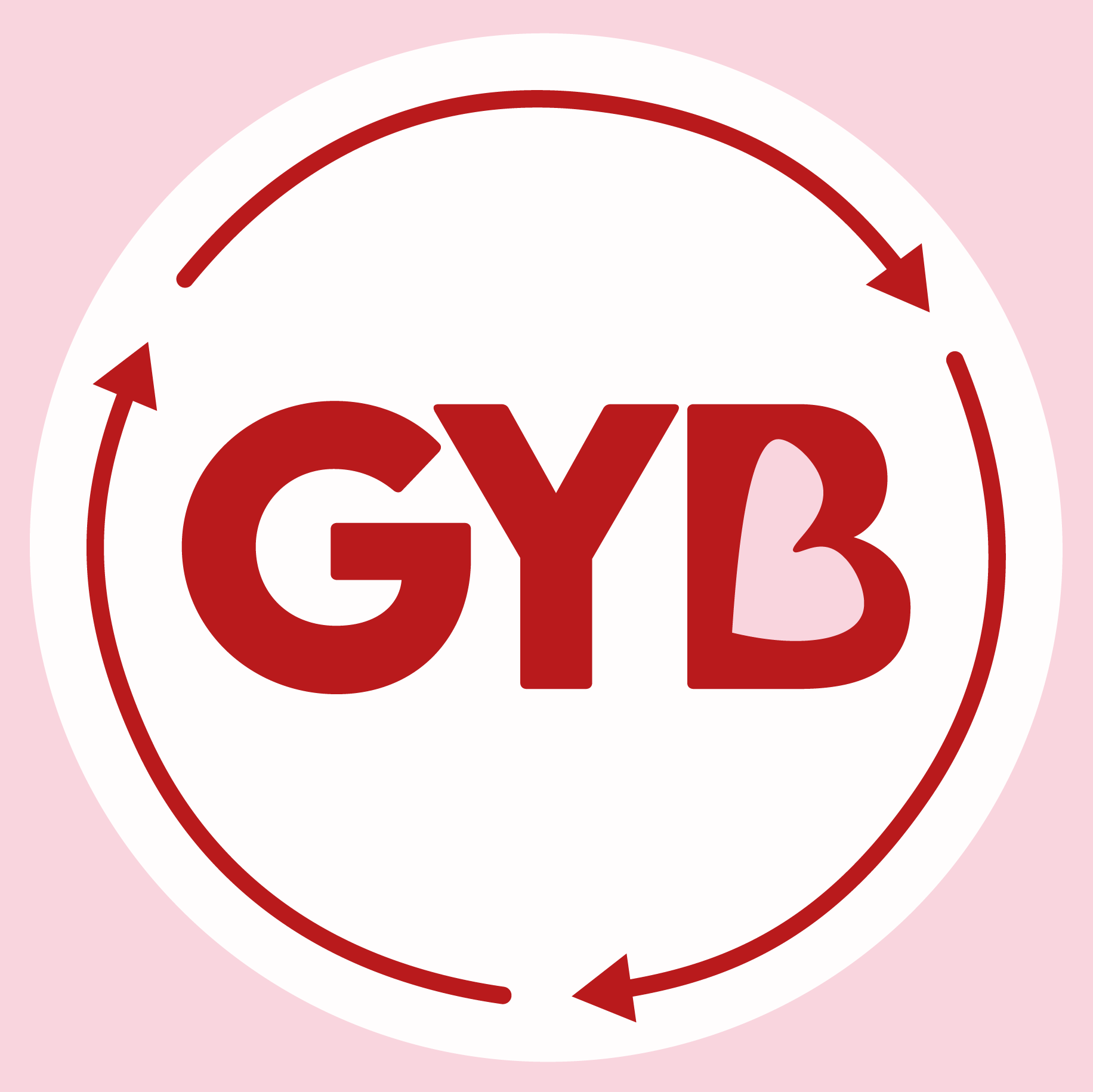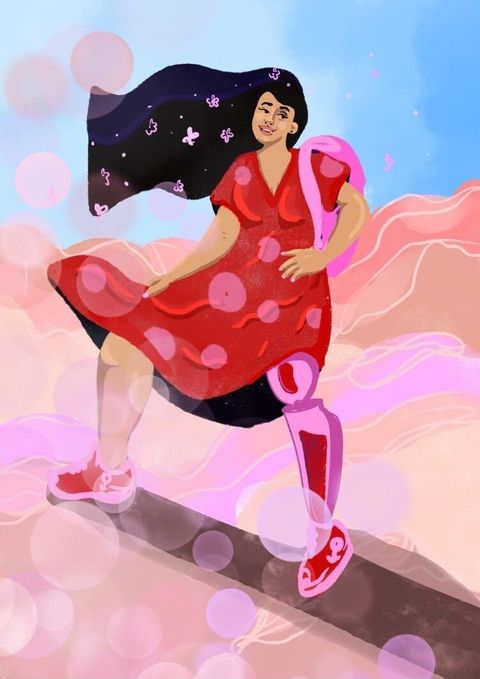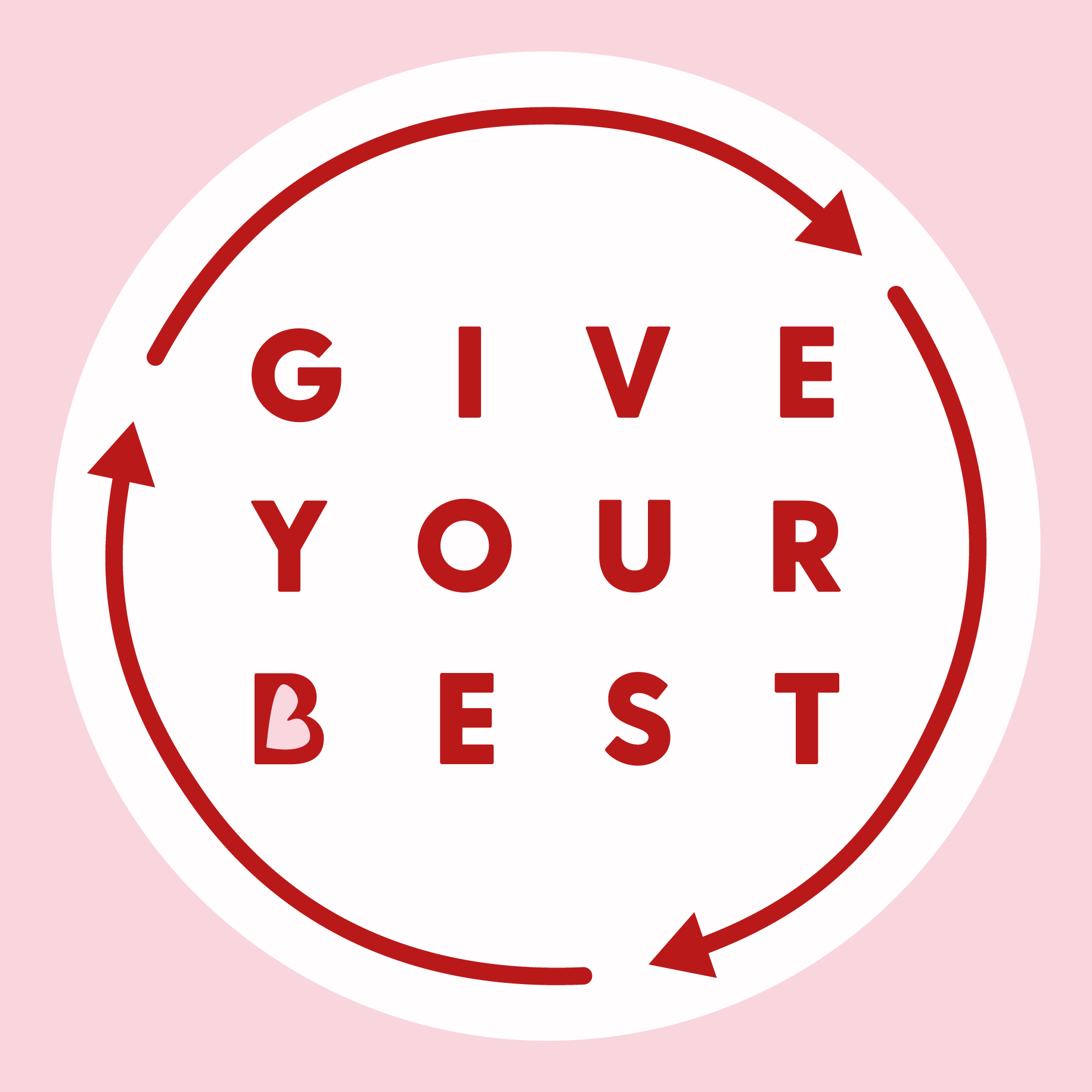Inspiring women: A conversation with Dema
Inspiring Women: A conversation with Dema
Illustration by Meghan Murgatroyd
Dema is a 27 year old from Syria, who came to the UK in 2017 under the UK refugee resettlement programme. Dema lost her leg when a bomb hit her house nearly 10 years ago, since then she has had multiple operations and overcome enormous personal and physical challenges. In this conversation Dema tells us about how she participated in Choose Love’s ‘Around the World in 40 days’ challenge last year, raising money for people living in refugee camps affected by the pandemic. She was also recognised as a member of England’s national women’s football team Lionhearts squad for her fundraising. Dema’s biggest passion is running, and her goal is to be able to run again, while also continuing to raise awareness of the strength of people with all kinds of disabilities. Read more of her incredible story below…
Interviewer and writer: Lauren Porter
Editor: Harri Welch
“I was just like a normal girl.”
Dema and her family are from a village near Idlib in Syria–a city around 35 miles southwest of Aleppo, the second largest city in Syria. Before the bomb struck her house, Dema says she lived a normal life: going to school, hanging out with her friends and spending time with her family. In 2012, she had just finished her final year of school and was preparing to go to university to study law when a bomb hit her family's house. Dema’s leg was severely damaged, and had to be amputated from above her left knee. Dema says her mother still suffers from post-traumatic stress from the war and the bomb, as she saw it hit Dema and she is still affected by loud noises - even from something like someone closing a door loudly.
Following the bomb raid, Dema and her family moved to Lebanon, where they stayed for nearly six years. This was an especially difficult time for Dema: she was unable to go to university as it was too expensive, and the cost of having a prosthetic leg fitted was also too high. She was unable to walk easily on her own, which was a drastic change from how her life was before, when she had loved racing competitively at school.
In 2016, Dema felt strongly that she needed to change something in her life. She decided to travel back to Syria on her own to have a prosthetic leg fitted in a hospital in Damascus.
“I [felt] like I lost 6 years doing nothing…I just spent my time in the house […] I said to myself: ‘That’s enough, I should do something.’ I lost my leg in 2012 and I had maybe 4 years without the prosthetic, so I said to myself I need to do something, even if I [have to] go back to Syria with the bad situation [there].”
Dema was in Damascus for nearly 8 months, where she also registered for university as she assumed she would be staying. However, the situation in Syria worsened and there were multiple bombings while she was in the city, so she travelled back to Lebanon to be with her family again.
“The situation was so bad, and the bombs came when I was there. My mum was very afraid [for] me, because I just went there myself - no other family was with me.”
Dema had hoped that the prosthetic leg would improve her situation but unfortunately, the new prosthetic caused her a lot of pain. Dema says this was difficult for her to accept, as she was still unable to stand on her own after the operation. She felt that she had ‘lost another year’ at this stage of her life.
“You have this feeling: ‘Okay, I have the prosthetic - Now I will start again with something I want, like studying or work, at least. To stand on my feet. […] But at least I didn’t give up!”
In a ‘safer place’
After she returned to Lebanon, Dema, two of her four siblings and her mother were accepted onto the
UK’s refugee resettlement programme. The scheme was established by the UK government in 2014 to provide a safe route to resettle people who had been displaced by the conflict in Syria and pledged to resettle up to 20,000 Syrian refugees by 2020.
Dema says her and her family never expected to ever move to the UK, and she didn’t have any expectations about what living here would be like. As part of the programme, those who have been accepted to be resettled receive ‘cultural orientation’ workshops prior to their departure, run by the
Institute of Migration, to prepare families for their life in the new country they will be living in. As part of this, Dema and her family were told a bit about traditions and culture in the UK, but they didn’t know about the house and the area they would be living in, which Dema says was daunting and a bit scary.
After arriving at Heathrow, the family’s resettlement support worker collected them from the airport and took them to their new home. Dema remembers that they still did not know where they were going, but she says she had faith and felt that at least she was now in a ‘safer place’.
The first year living in the UK was hard for Dema. She was on an NHS waiting list for a year to have a new prosthetic leg fitted, but there were some complications following the surgery which caused Dema continuing pain in her leg. Her family also struggled with being separated: two of her sisters are not in the UK—with one in Lebanon and one in Turkey.
“It’s hard they’re not with you and you can’t see them. And you didn’t know anyone here as well, just the support worker.”
However, there were other Syrian families on the same flight as Dema, who were also being resettled in the UK and who now live next door to Dema’s family. Dema says her family felt lucky that they knew other people who were Syrian, as it was harder to communicate and build relationships with their neighbours and other English people when they first arrived in the UK.
“In the first year, you can’t [communicate] with English people. I don’t mean in a bad way, but you can’t understand [English] culture and more traditional things like with Syrian people, so it just takes time to make friends.”
A typical day (in lockdown!)
At the moment, Dema says most days she will study, read, speak with her sisters, watch TV with her family, or a film in the evening with her younger sister. She also does exercise and strength training, as she hopes she will have a specialist running prosthetic leg fitted soon. This is something she is currently
crowdfunding
for which will allow her to run again – which is what she loves to do.
“I prepare myself to make my body strong as I will get my running prosthetic soon. […] When the gym was open, I used to go five days a week, but now, I don’t have too much stuff, but I [make] do with what I have. Before I lost my leg I ran in my city, but after I lost my leg, I haven’t tried at all. So that’s a big challenge for me.”
As soon as she had her second operation in the UK, and was fitted with a new prosthetic, she enrolled straight away at the local college to do Level One English. She is now also taking a foundation course to study interior design. In the future, Dema says she would love to own her own shop, or company and sell unique designs and decorations; she especially likes older, vintage styles as she feels these mean more.
Helping refugees, one mile at a time
Last year,
Choose Love set up the ‘Around the World in 40 Days’ campaign, to raise funds to support refugees living in camps affected by the pandemic through funding medical care, hygiene equipment and protection. The charity's call was for people to raise money by pledging to travel a chosen distance to collectively cover the distance of the circumference of the earth during the first UK lockdown. Dema saw that they were asking people to pledge to travel whatever distance they could. Despite ongoing complications with her new prosthetic, which was still causing Dema some pain, she signed up to raise money for the cause.
“I walked a mile, and I wrote a small story about me for their fundraiser, and it was incredible really. […] We did it!”
Dema says she felt compelled to help, as her experiences have made her empathise strongly with those currently living in refugee camps. She knows how being in these situations could happen to anyone, and therefore wanted to help in any way she could. As part of the coverage of Dema’s fundraising, she was interviewed by the
Telegraph,
Evening Standard, and a
video was also created about her story and desire to take part in the campaign. Dema raised over
£950 and the campaign has raised over £117,000 in total, so far.
Dema, the Lionheart
In 2020, England’s women’s national football team wanted to promote and celebrate the stories of individuals who had been inspirational in supporting people during the pandemic and asked for nominations from the public to join a squad of ‘Lionhearts’.
Dema was nominated and is now number 18 in the
squad of 23. As part of this, she went to St George’s Park–the home of England’s national football teams–and was
interviewed by Ellen White, which she said was an incredible experience.
“I didn’t think I would meet [Ellen White] face to face, I just thought I would do a Zoom or say Hi, I didn’t think I would do an interview! When I saw her, suddenly I opened my eyes wide – ‘Really?! Here she is?!’”
Respected and accepted
Dema says that since she has come to the UK, she feels she has grown stronger. She says she believes in herself as she feels accepted for who she is. She feels respected and has been given opportunities for her story to be told and listened to. She says that people being warm and friendly towards her means a lot to her, especially after living in Lebanon where she felt that people pitied her, which was hard to live with, especially knowing that something like this could have happened to anyone.
“Okay, I lost my leg in the bomb…I’m still the same person —I’m still Dema! People respect me as well: I see when some people look at me, they give me a smile, I swear it changes my heart! [...] In my country…they see disabled people as they can’t do anything or they don’t believe in them, so it’s not the same as here. In Lebanon...when people saw someone disabled, [they’d say] ‘Ah, there’s a poor girl, this is unlucky.’…But this situation can happen to [any]one.”
Dema says she especially feels supported living in the UK. When she has told people that she wants to be able to run again, she has been told that this is something she will be able to do again and that she will be supported to do so.
“Even if I don’t know myself if I will run again…I know it is a small thing and small words, but it means a lot to me.”
A strong, independent woman with a voice to be heard
Dema agrees with us at Give Your Best that it can be important to hear about other people’s stories as a way to inspire people and she says that the best piece of advice she would share to is listen to your own voice and to not give up:
“This is a simple one…but it means a lot: Don’t give up for any reason. [Even] if you tried 10 times, if you have faith in what you are doing, just don’t give up! If people say: ‘You can’t do it, this is too hard for you’ or ‘This is not the place for you’…Don’t give up! […] Like me, in my ‘last life’ 6 years ago, I can’t really stand, I can’t walk like now, and now I walk and I will run!”
Since moving to the UK and meeting other people with different disabilities, Dema has seen the importance of feeling supported and empowered. Dema wants to continue to use her voice and raise awareness about the different things that people with all kinds of disabilities can do.
“Suddenly, I lost my leg and I didn’t…have contact with someone who lost a part of their body. [Here] I met different people and they have just like a stronger feeling and experience, because other people support them.”
Dema says she feels proud of many things that have happened over the past year, and rightly so...
“I’m proud of many things to be honest, I am proud to be disabled! I fight to be like an independent woman and for my voice to be heard…It’s not like you can’t do anything because you are disabled. No, I can do what I want to do, and I can do more stuff than what other people can’t do! I’m proud to be able to [be] a part of the UK, because they support me, they believe in me, and they know who I am.”
If you would like to help support Dema to run again, you can do so here.
If you'd like to follow Dema's journey on Instagram, you can do so here.
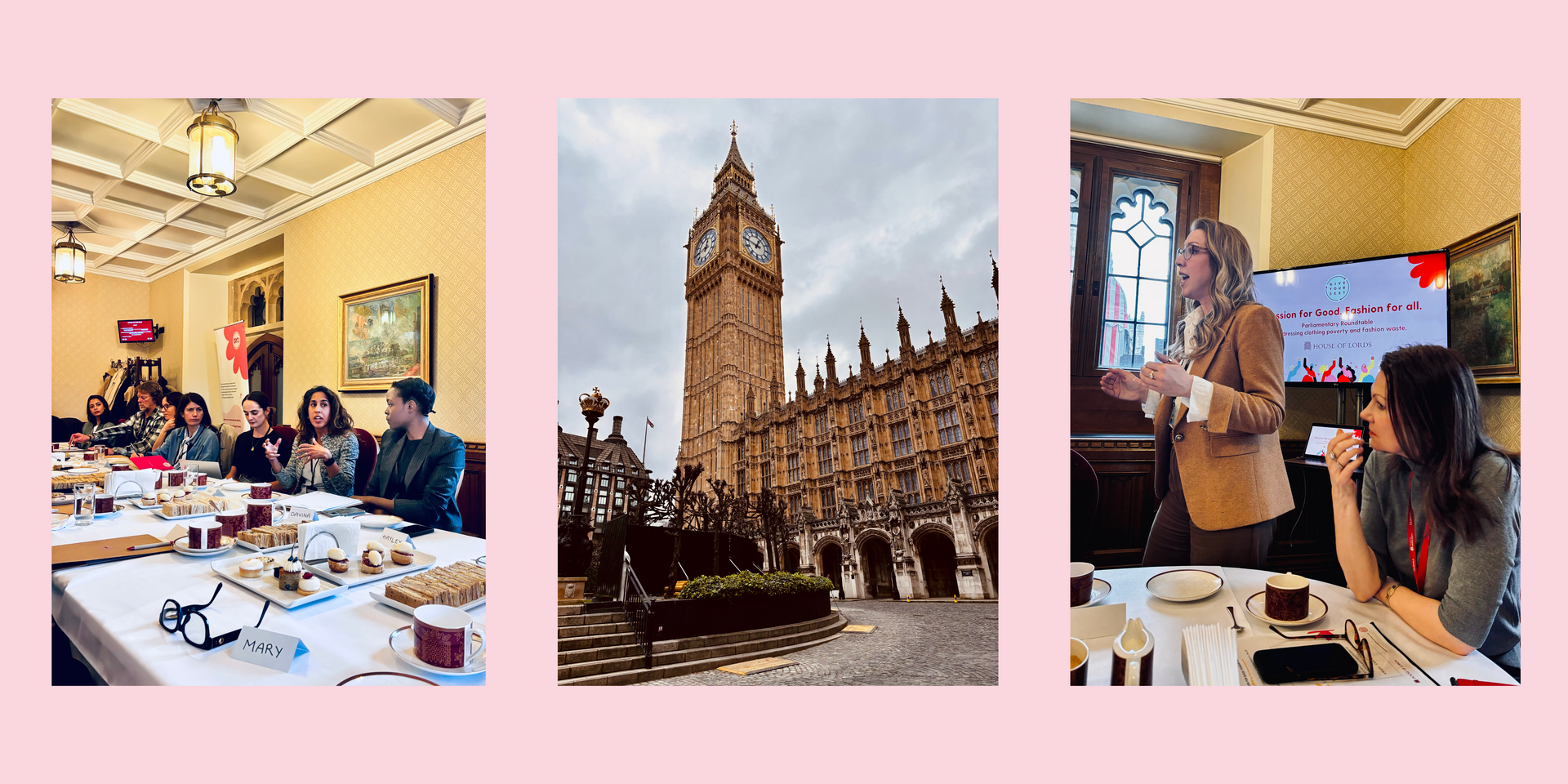
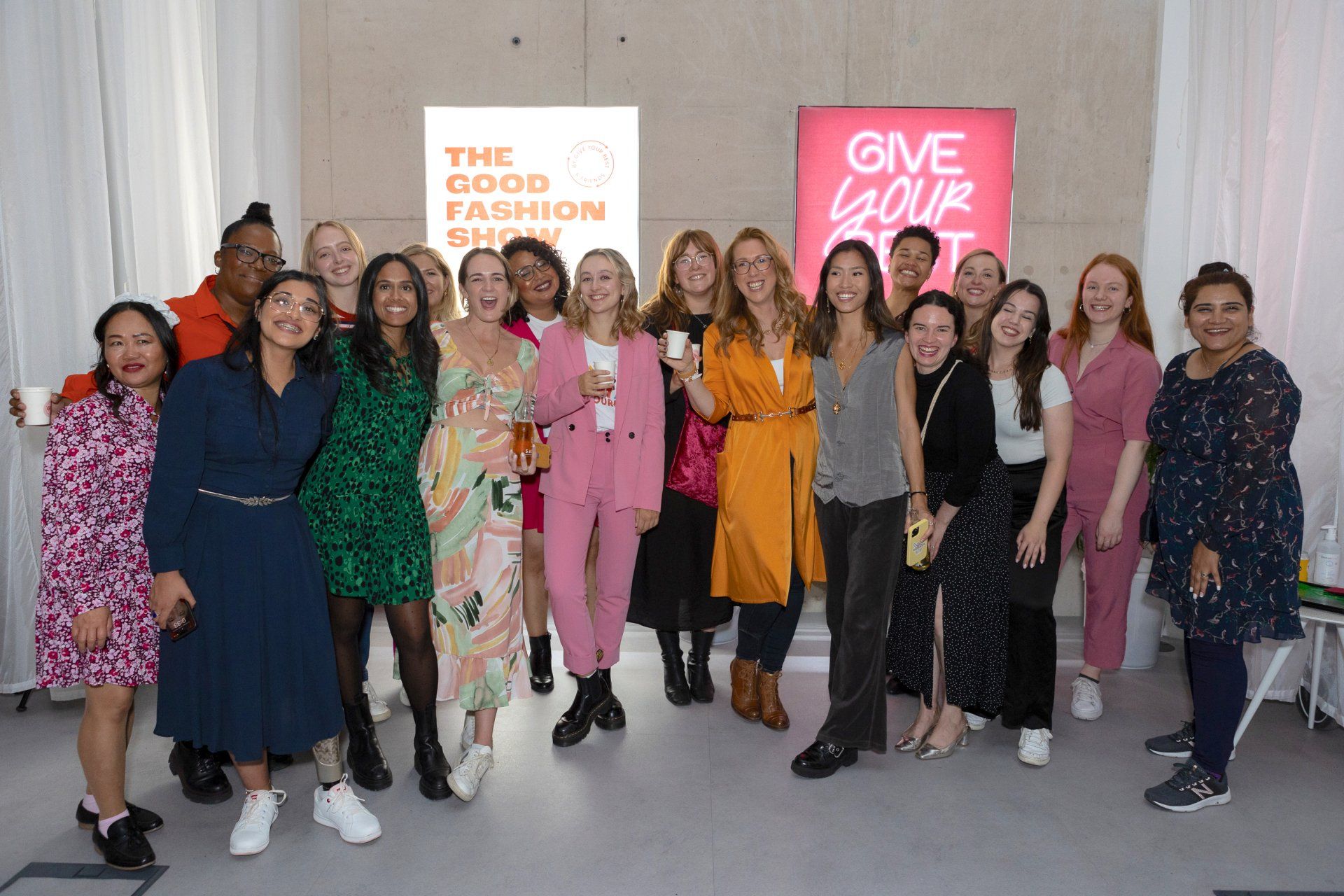
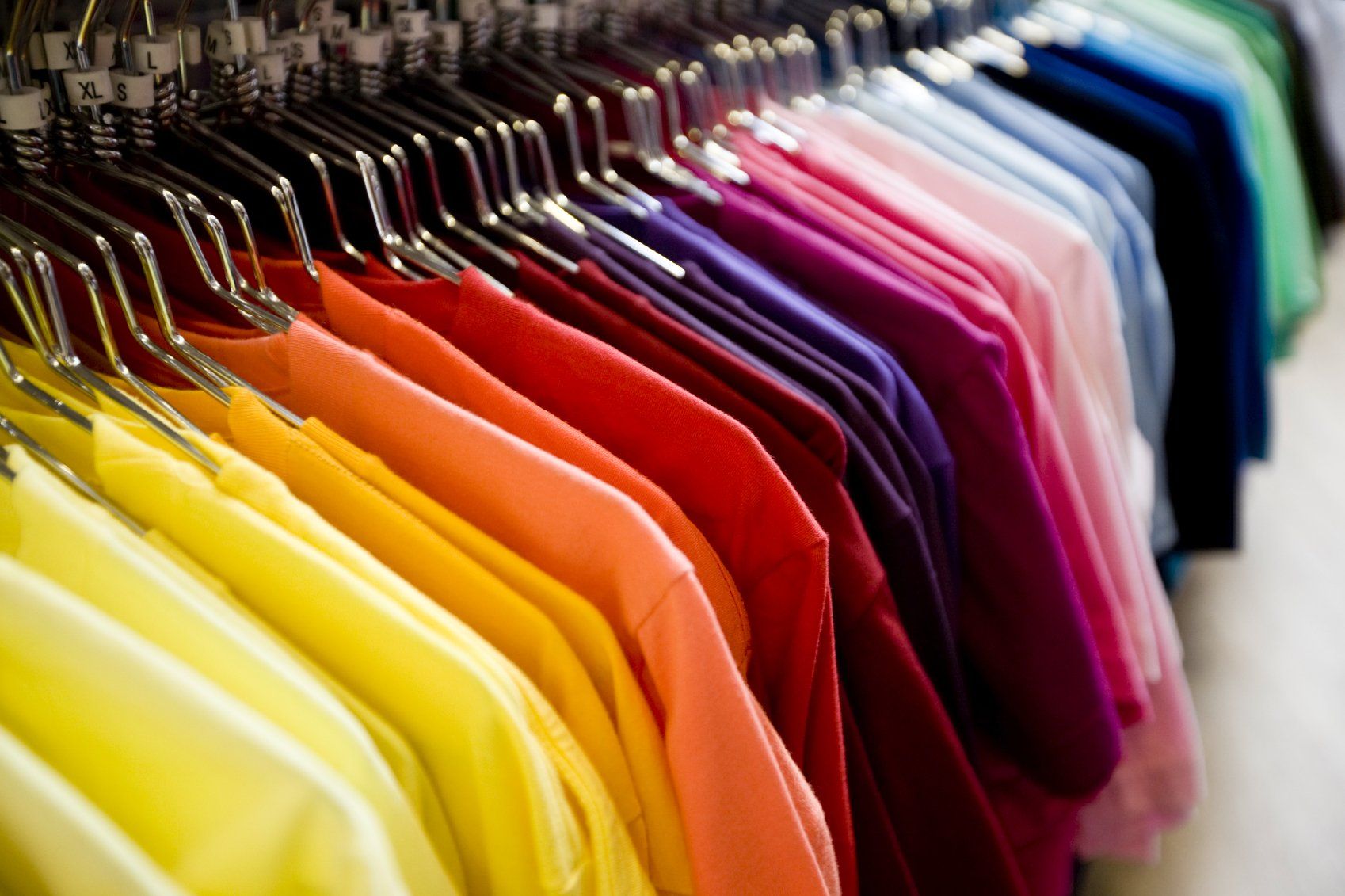

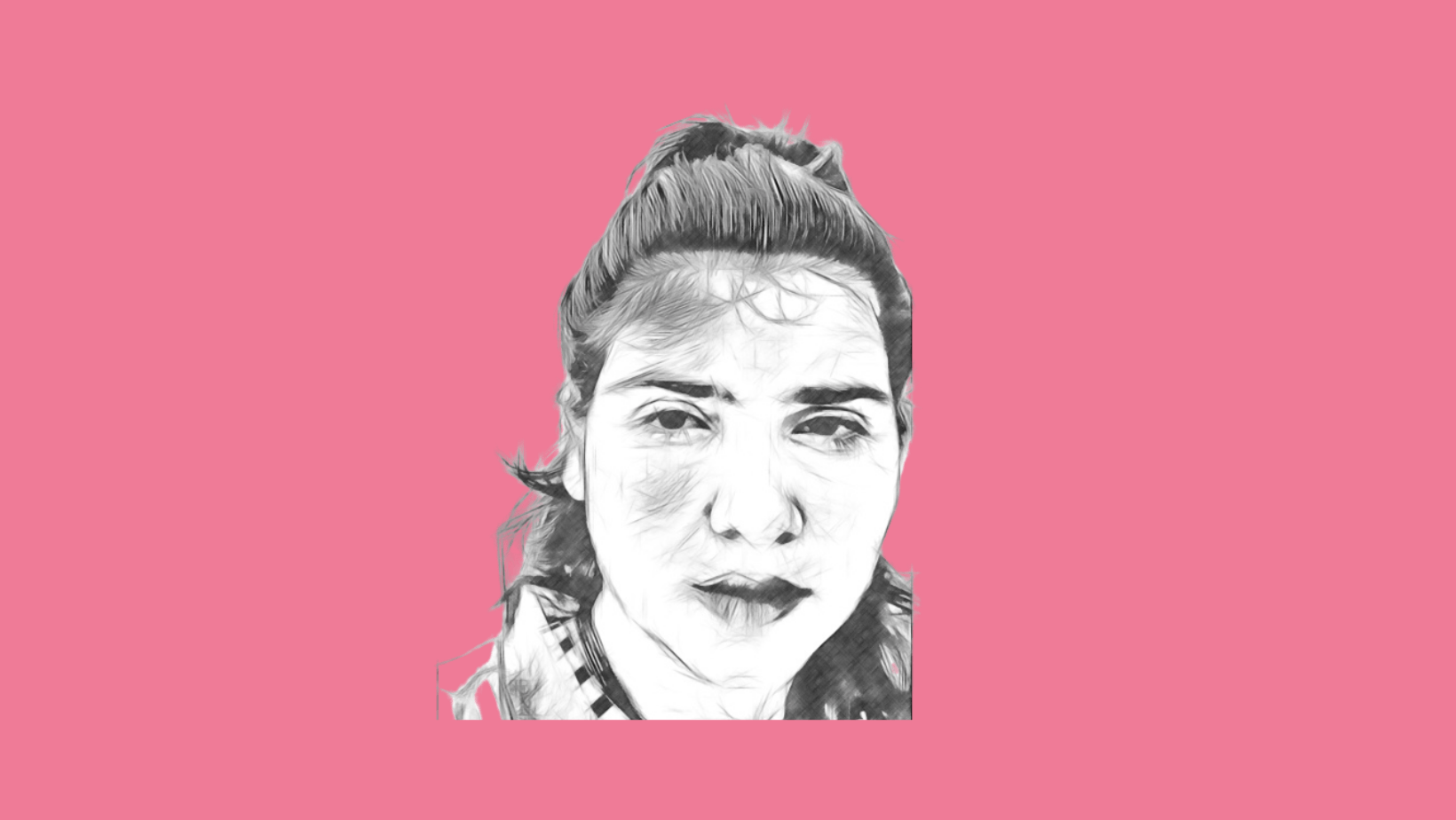
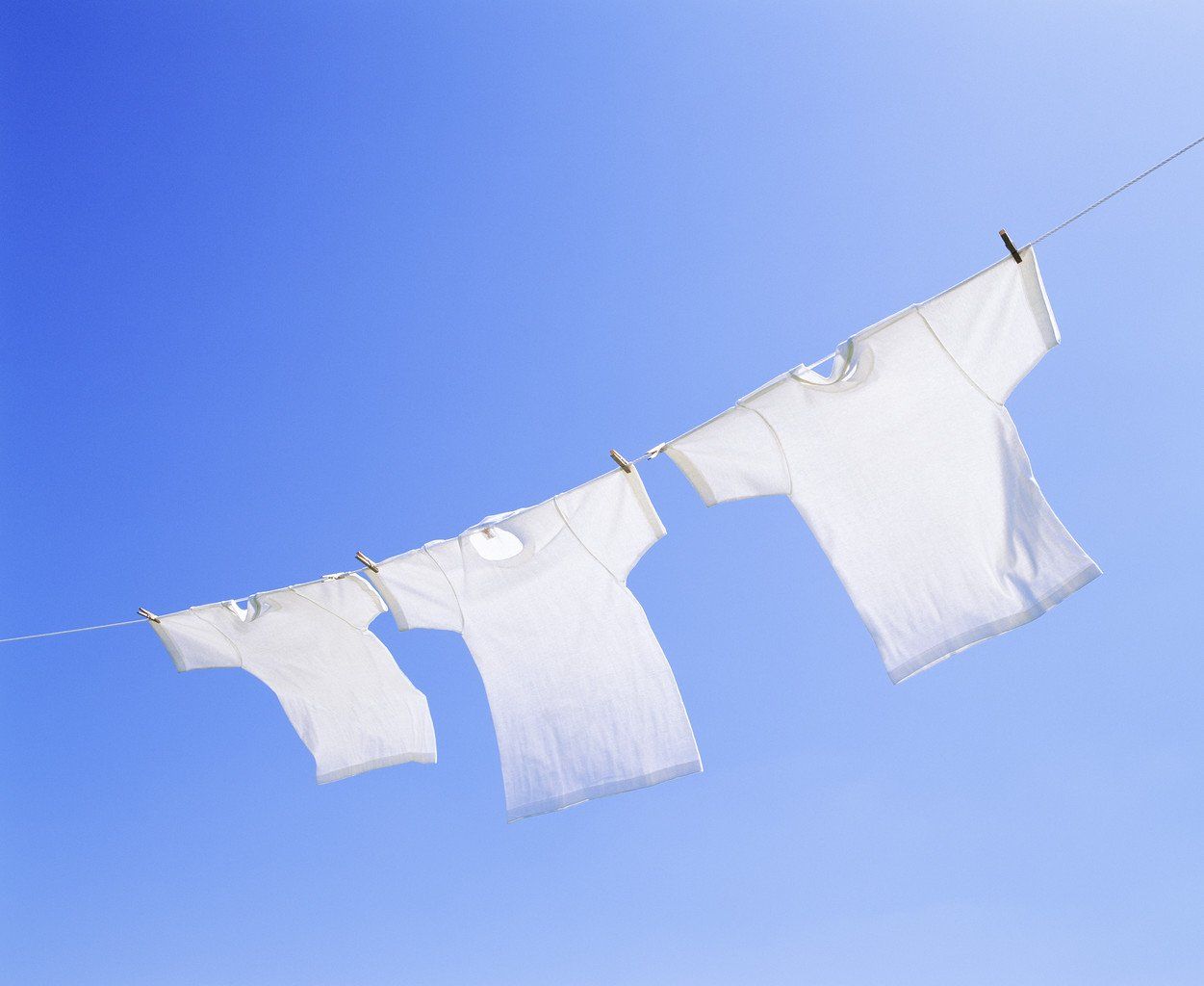
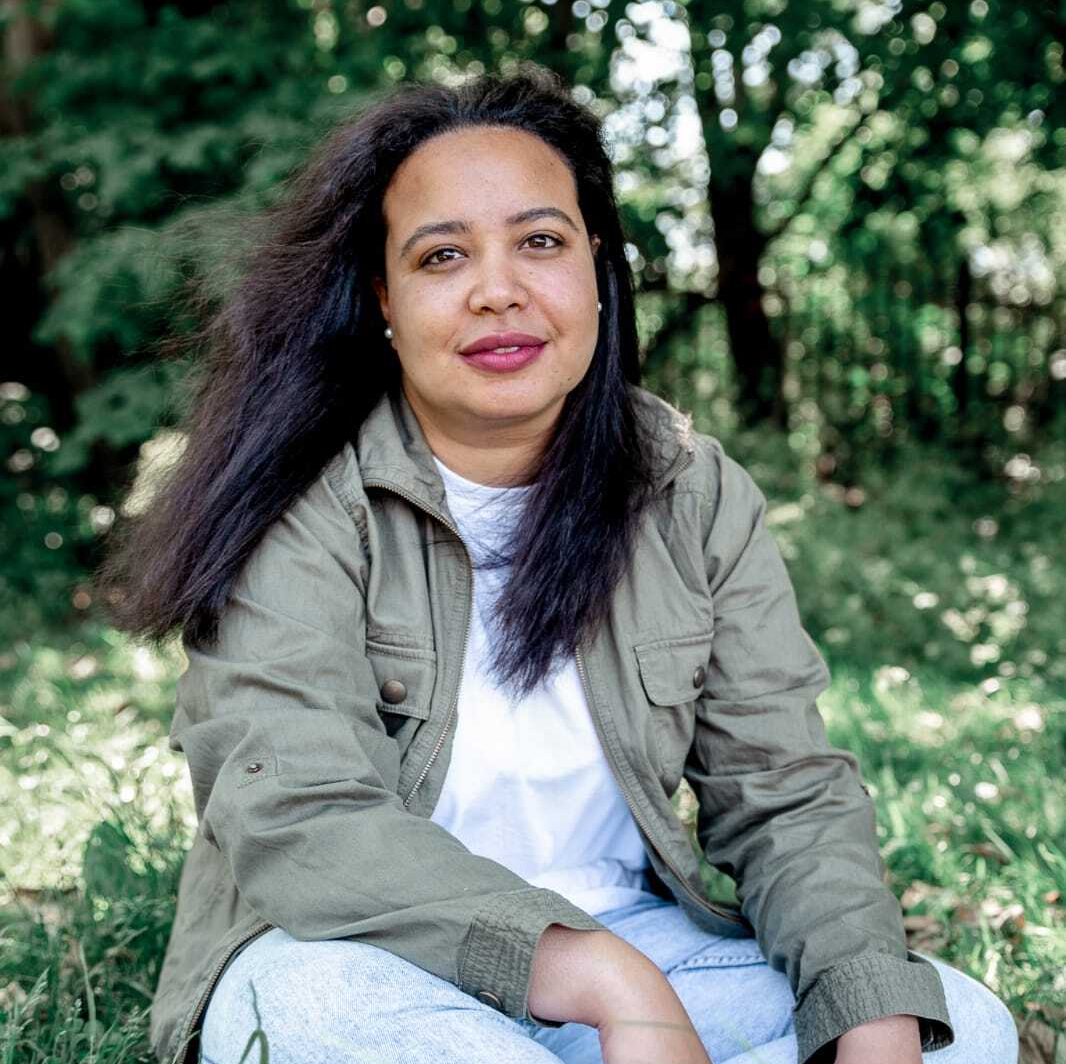
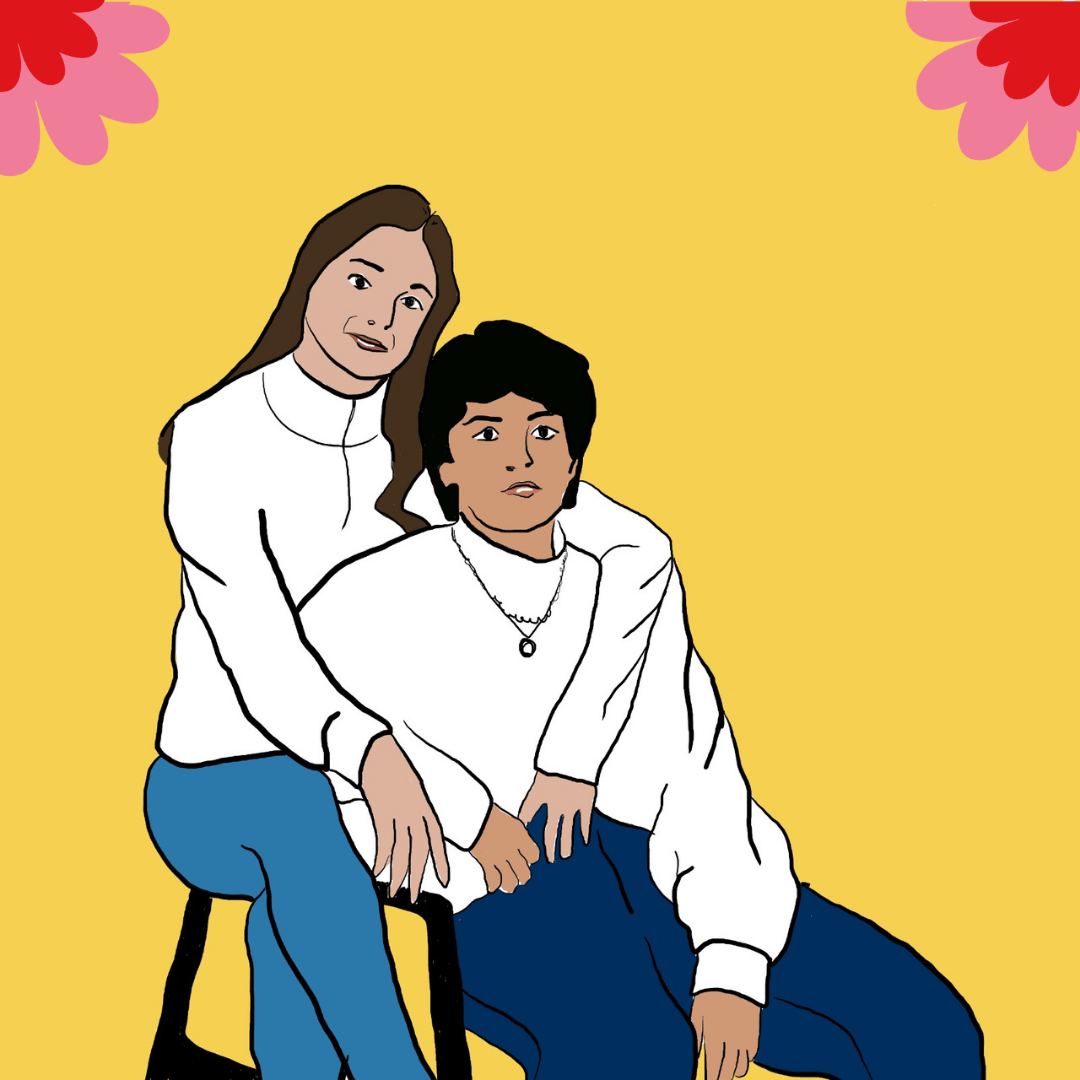
Sign up to our Give Your Best newsletter and stay updated on what is happening in the community, events, news, etc.
Don’t worry, if you change your mind you can unsubscribe at any time.
Here is a link to the privacy policy and Cookie Policy if you want to check how your data is saved.
